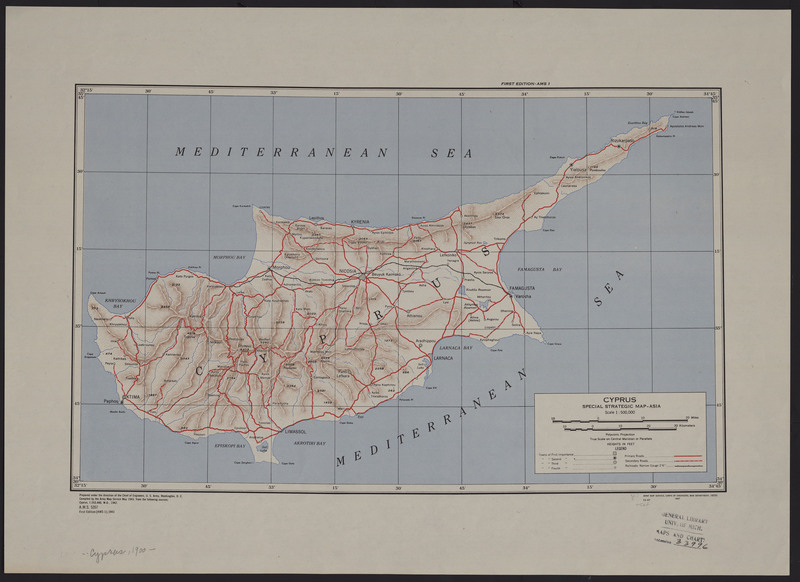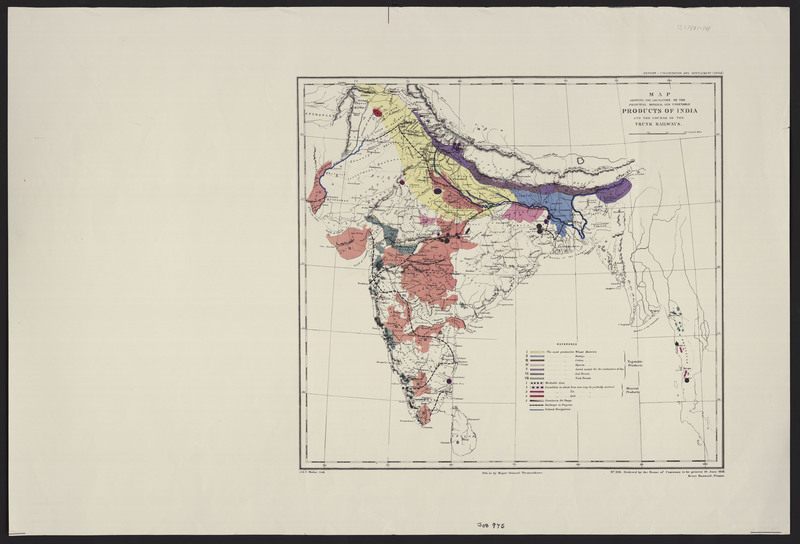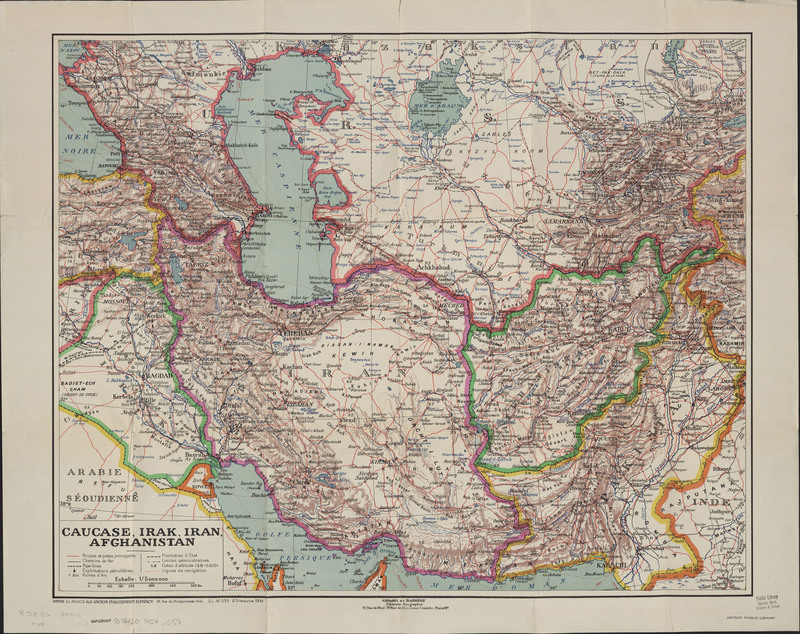Blue Colorants
Indigo
Plants containing the blue pigment found in the indigo species grow all over the world. However, two of these plants are particularly important. Indigofera tinctoria is native to India and Southeast Asia, while Indigofera suffruticosa is native Central and South America and the Caribbean Islands. Indigo was originally considered to have medicinal properties, and was popular cosmetic uses and for tattooing. Once discovered by European explorers, demand for indigo spread rapidly. In the early seventeenth century CE, the French started the West Indies indigo industry- on the islands of what is now Haiti. In the eighteenth century, Indigo was being cultivated in many places, including the new American colonies. Eliza Lucas, the wife of Lieutenant Colonel George Lucas, planted Indigofera suffruticosa seeds sent to her from the West Indies, and in 1744 their plantation produced the first crop of indigo in South Carolina. In order to produce a dye from indigo, the leaves of the plant must be fermented, after which they go through considerable processing. It may take as much as twenty tons of indigo leaves to produce one hundred pounds of dye powder, making indigo a costly dye to produce. Because of the cost and production time, most of the indigo dyes used today are synthetic.
Ultramarine
The Renaissance can easily be characterized as a time of discovery, when new thoughts and artistic endeavors were celebrated. Artists began making a variety of advancements and innovations with color and color technology, thus many new colorants were brought into use. "The most illustrious of these new pigments was the rich blue ultramarine. Made by a laborious process of crushing the semi precious stone lapis lazuli, it is likely that the process by which the blue pigment is extracted was an alchemical invention. Principal deposits of this mineral were found primarily in the East, particularly in Afghanistan" (Ball, 92). Since lapis lazuli was expensive, its particular shade of blue was limited to those who could afford it. Ultramarine blue is often found coloring the robes of the Virgin in churches that benefited from the wealth of their patrons.
Ball, P., (2002) Bright Earth: Art and the Invention of Color, p. 92, New York: Farrar, Straus and Giroux.
Green Colorants

Purple Colorants





